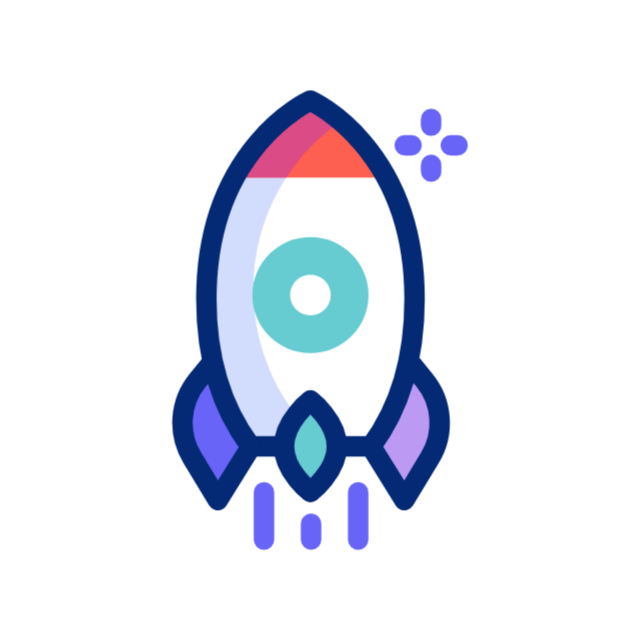If you work in software development, you know coding needs care. You fix bugs, write tests, and update libraries. These tasks repeat and drain your time. Google made a new update to Jules, an AI coding friend. It helps you cut these chores and reclaim hours each week.
What Is Jules and Why Should Developers Care?
Jules is more than a chatbot. It works with your code as a virtual coding partner. You let Jules see your code. It then reads each file in a safe cloud. Jules learns what to do and makes changes for you.
In use, you type simple commands like "fix this bug" or "add a feature." Jules works behind the scenes. When it stops, you get a full report of its work. If you agree, Jules makes a GitHub pull request for you. This saves time and frees you from endless typing. You then focus on big ideas or other projects.
Key Features of the New Jules Update
Google has left beta with Jules. It now has many new tools that make it a solid product.
- Free Tier Access: You can now finish 15 tasks a day without cost and run three tasks at once. This plan suits solo coders or small teams with side projects.
- Command Line Tool: You can start Jules from your terminal. A single command starts the work, cutting down on breaks and delays.
- API Availability: Developers can add Jules to their tools. This makes it simple to use AI in your coding flow.
- GitHub Integration: By adding a special label to any GitHub issue, Jules will begin work on it. This change makes team work and task handling smoother.
- Improved User Interface: With better controls, you can pause, resume, or stop tasks while they work. This gives you more command over the process.
- Upgraded Runtime Environments: Jules now runs on the current Node.js and Python versions with better task isolation. This change boosts its reliability and keeps tasks on track.
What Tasks Work Best With Jules
Jules works well on low-complexity and repetitive jobs that steal your time:
• Fixing small bugs
• Updating files with new library versions
• Writing unit and integration tests
• Adding small features without design changes
• Changing several files when tasks are plain
If you hold many small bugs, hand some over to Jules. It finishes while you fix others. In the end, Jules has done its part without needing your code by hand.
Jules works well in team settings too. When bug reports or feature requests are marked on GitHub, Jules picks them up. This makes team work smoother, as simple tasks are handled automatically.
Limits to Keep in Mind
While Jules is strong, it does not solve every problem.
• Redesigns: It cannot rebuild your app or plan major changes that need human thought.
• Clear Tasks: Vague commands may confuse the AI. Small, clear tasks work best.
• Task Caps: The free plan lets you do only 15 tasks a day. Heavy users or large groups might need a paid plan.
• Human Check: Always read Jules’ changes before merging. Its work can be correct but not perfect or secure.
Addressing Security Concerns
It is normal to worry about Google seeing your code. Jules works in special cloud machines. This keeps your code private. It does not study your secret projects, so you keep control of your ideas.
If you handle very sensitive projects, check the setup first. Google’s safety steps mean most developers can use Jules without fear of leaks.
Getting Started With Jules: Tips for New Users
- Start Small: Try simple tasks like small bug fixes or library updates. This lets you learn how Jules works and builds your trust.
- Use GitHub Labels: Set your project so team members mark issues with the label “Jules.” This starts the task without any extra work.
- Review and Test: Always check code changes and run tests before merging. A human review stops mistakes.
- Scale Slowly: When you get used to Jules, try harder tasks but avoid big, vague changes.
- Watch Free Tier Limits: If you reach the task cap many times, upgrade to a paid plan to keep work smooth.
How Jules Can Boost Your Development Productivity
By taking on time-draining, repeated work, Jules lets you and your team focus on new challenges. For a single developer handling many roles, the saved hours can add up. In teams, Jules acts like an extra helper that speeds up bug fixes and feature delivery. With smooth GitHub work, your development moves become swifter and less busy.
What’s Next for AI Coding Assistants?
The new command line tool and open API hint at a time when AI coding friends work deep in your daily tasks and custom tools. As these agents grow smarter and more reliable, more teams from small startups to large companies can use them.
For now, the best step is to try Jules on simple jobs. Learn its strengths and its bounds. This first move helps you use AI support when your coding needs change.
If you want to save time and cut down on busywork in your projects, try Jules. Sign up for the free plan, use its command line work, and test the GitHub label setup. Automating coding tasks is now within reach for any developer ready to give it a try. Take the first step today and see how much smoother your coding work becomes.


